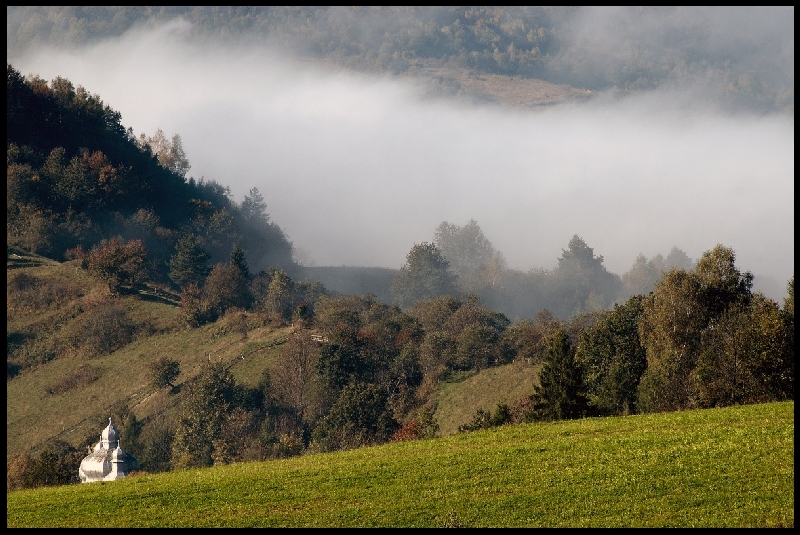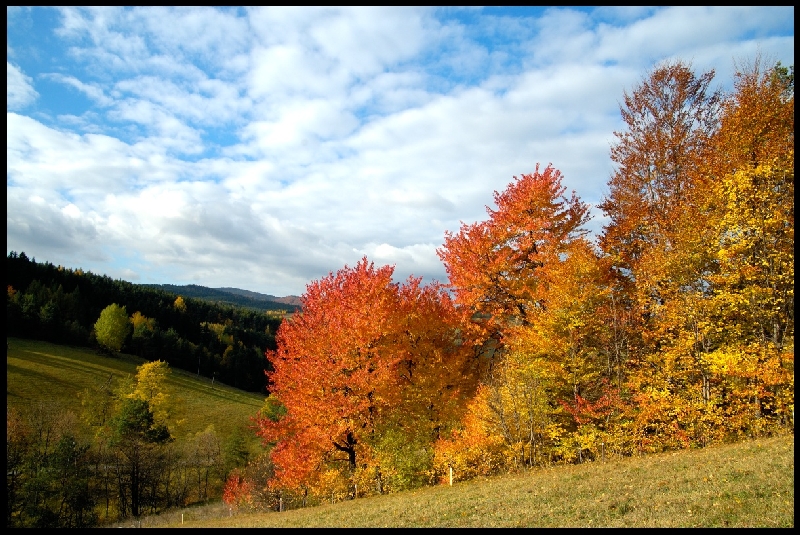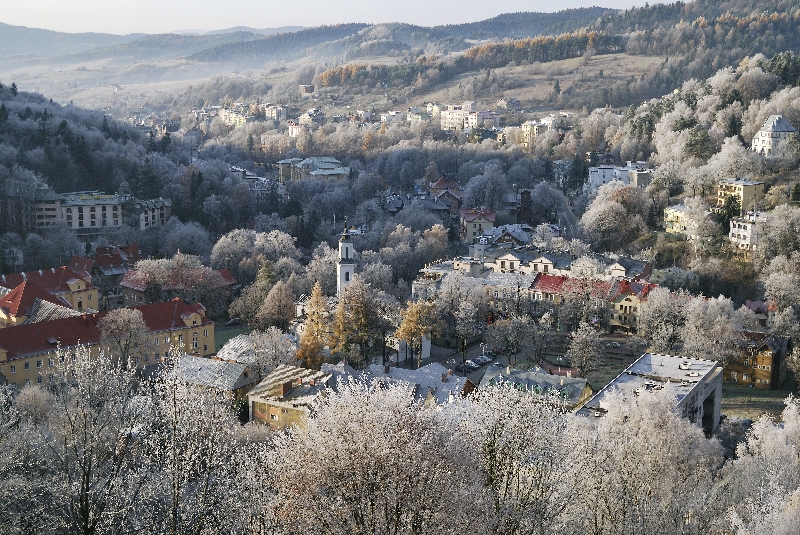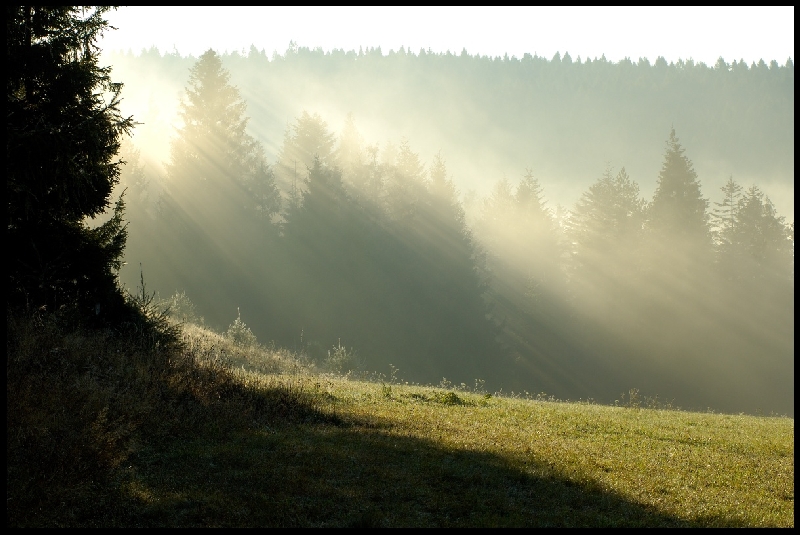characterized by significant differences in temperature between day and night, the large number of sunny days and maintaining a long duration of snow cover (mid-November to late March). These conditions provide an excellent opportunity for qualified tourism, as well as alpine and classical skiing in the winter
.
Average temperatures during most useful for hiking in the mountains months are stable at around 21 ° C in May, up to 25 ° C in July. Daily temperature fluctuations in Krynica do not exceed 8 ° C.
Because of the large quantity of ozone in the air the number of sunny days from May to September is much larger than in other parts of the Beskid Sadecki and in the Valley Sacz. Most rainfall are recorded in Krynica in June, and least in September.
Climatic Effects maintains a large forested area, with good aired valleys. In Krynica’s air you can smell essential oils (mainly conifers) which strengthens your immunology and helps to kill bacteria. The biggest advantage for the local microclimate is lack of industry harmful to the environment. The composition of air, free from pollution, has decreased iodine content and increased ozone, which is important in the treatment of certain diseases.
Here we can distinguish the so-called mountain climate and the piedmont - depending on the height above sea level, natural conditions and geographical shape. Submontane climate occurs in places situated up to 500m.asl, while in the upper parts Mountain (Subalpine) is distinguished. On lands up to 600m.asl extends to a moderate heat zone. The average annual temperature is around 6 ° C, the highest in July-ok. 17 ° C, and lowest in January - about-3, 6 ° C. In the mountains from 600 to 1100m.asl a moderately cool zone extends, with an average annual temperature of about 4 ° C, in July around 15 ° C, about-4, 5 ° C in January. Much more severe climatic conditions exist above1100m.asl ( top achievers) and higher (Jaworzyna Krynicka).
Time of growing near Krynica lasts an average of 170 - 185 days. The first frosts are here already at the beginning of October and the last happens in mid-May. The length of average vegetative time extends up to140 days.
Precipitation, although usually hamper holiday - make self-cleaning air and improves the condition of air ionization, which although not visible, clearly affects the mood and climate-conducive. Number of days with precipitation and total precipitation increases with altitude. Average annual rainfall is 890mm in Krynica, and the average annual number of days with precipitation amounts to 171 (around14 days per month). From November to March, almost all are in the form of snow showers (snow falls in Krynica on average 70 days a year). Length of snow deposition is about 120 days. Much more snow remains on the northern slopes of the mountains and the depths of the forest. Its average thickness is about 30-35cm, although in some years the 60cm (100cm in places), which creates excellent conditions for skiing on the nearby slopes. At Jaworzyna thickness of snow almost always exceed 1m in places reaching up to 2m, and its retention period exceeds six months.
Strong winds are called “Halny” here ( in this specific area Ryterski wind) are caused by a movement of air masses over mountain barrier. Orographic precipitation occurs on the windward side of mountains and is caused by the rising air motion of a large-scale flow of moist air across the mountain ridge, also known as upslope flow, resulting in adiabatic cooling and condensation. Moisture is removed by orographic lift, leaving drier air on the descending and generally warming, leeward side where a rain shadow is observed Winds that flow over mountains down into lower elevations are known as downslope winds. These winds are warm and dry. The increase in temperature and humidity drop. Such phenomena are taking place in Krynica on average 30 days a year.












